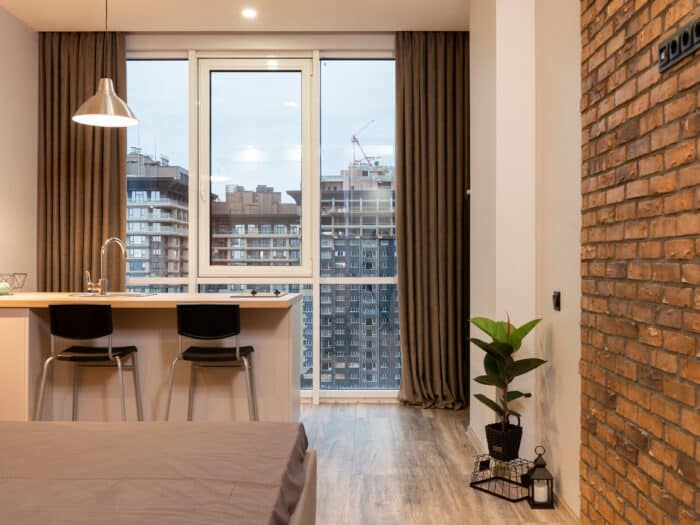A recently published article in The New York Times and design well places focus on the White House’s newly released Clean Air in Buildings Challenge and the need for building owners and operators to improve the indoor air quality with new ventilation guidelines. As the article points out there are no clear directives that outline the associated cost or how to implement the recommendations.
At IntelAQ we have developed and implemented an IAQ integrated system that works with our proprietary smart building IoTRight platform and sensors that provides measurable data to ensure the right amount of ventilation is being circulated throughout the building and the air occupants are breathing is free of harmful airborne contaminants.
White House Establishes Ventilation Guidelines for Commercial Buildings
NEW PLANS EXPAND FEDERAL MEASURES TO COMBAT THE SPREAD OF COVID THROUGHOUT INTERIOR ENVIRONMENTS.

New Guidelines Aim to Improve Ventilation to Help Combat COVID-19
This past Thursday, the White House released the latest update to its COVID-19 Preparedness plan. The newly minted Clean Air in Buildings Challenge is a call to all building owners and operators, as well as organizations at large, to adopt key strategies that will help improve air quality in buildings. This, and the newly released ventilation guidelines, come as many previously in place restrictions, such as indoor masking, are gradually being phased out across the country.
To help building owners in these measures, the Environmental Protection Agency (EPA) has published a best practices guidebook for improving air quality and reducing the spread of dangerous airborne particles. The guide was published in collaboration with the Department of Energy, Centers for Disease Control (CDC) and other federal agencies and contains recommendations broken up into four groups:
- Create a clean indoor air action plan to assess air quality and plan for upgrades and improvements.
- Optimize fresh air ventilation.
- 3Enhance air filtration and cleaning using HVAC systems and in-room devices.
- Engage the building community by communicating with occupants to increase awareness, commitment and participation.
In each of these categories, the recommendations delve into potential action measures that building owners and operators should consider, each varying between short-term and long-term measures. The guide, however, does not address the cost of carrying out these upgrades/recommendations. In a statement from the White House, it is suggested that funds from the $1.9 trillion American Rescue Plan can help upgrade air quality in schools and public buildings.
The plan also does not provide any technical assistance in evaluating or applying for funding with regards to many of these upgrades. The home environment, has also gone largely unaddressed in this plan, with there being little to no mention of how homeowners or those servicing clients in residential environments can help make improvements as well.


